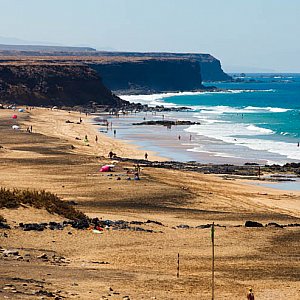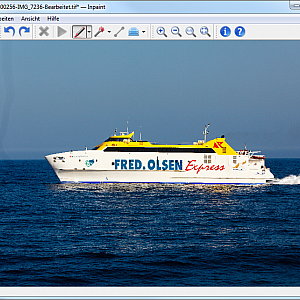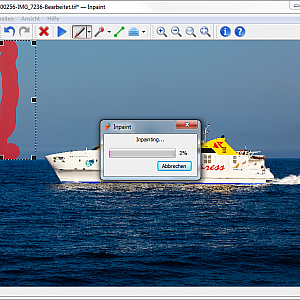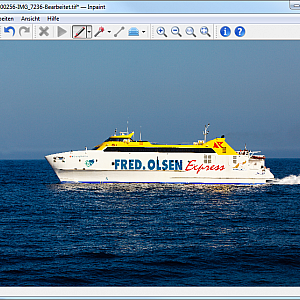 Well, I'm back from vacation. We spend nearly two weeks on Fuerteventura. This is an island which is part of the Canary Islands. While the vacation itself was great I had some issues with my camera gear and I want to share them with you.
Well, I'm back from vacation. We spend nearly two weeks on Fuerteventura. This is an island which is part of the Canary Islands. While the vacation itself was great I had some issues with my camera gear and I want to share them with you.
7D lost time settings over and over again
Before we headed out I just updated my 7D to the latest available firmware 2.0.3. No issues during installation. I shoot one or two images and put if back into the camera bag. I didn't spent one thought about checking the right configuration of time and date. During the two weeks I copied over the images from the memory card and converted so my mobile phone was able to display them. Strangely the images of the 7D where totally wrong sorted. Again I didn't wasted a though about checking the settings. When I came home and imported all the images into Lightroom I got the mess. All the images taken by the 7D where nicely sorted into a folder 2000-01-01 and had timestamps between 1:00 and 1:01. Now I checked the time settings. There is a new feature in the 7D's firmware which made it necessary to update the time settings after installation. It seems to be not enough to just set the right date and time. I also had to set the timezone. Before I set ALL the time settings the time jumped back to 2000-01-01 1:00 again and again. I was on the way to order a new buffer battery. Once I completed this exercise I had my time settings back.If you shoot just one camera loosing time information is not that important. You still have the right order using the plain file names. But if you have to mix the images of three different cameras things become tricky. Lightroom was kind enough to support me a little bit by providing user defined order per folder. But if you create a collection which contains all the images from all folders you loose the custom sequence. My solution for this was like this:
- sort images for each day
- rename the images like this:
Date-Sequence-Filename.dng - sort the collection by filename
5D collected a huge fluff
I can remember an article about digital photographers where the author listed some typical behaviors. One was that many photographer take images and imediately check them on the cameras display. This time I didn't do this that often. And as the result I got about 400 images where a big fat fluff is part of the image. Depending on the aparture it is more or less visible. But since blue sky and small aperture are best friends I got this mess quit often.Inpaint to the rescue
The solution was not far away. After searching a bit in the last issues of "c't Digitale Fotografie" I found a useful tool names Inpaint. With this tool I was able to remove the fluff from the images I selected for the photo book. Instead of using Photoshop I simply added Inpaint as external application to Lightroom. This provided me quite a good and easy work flow. You can find Inpaint here: www.theinpaint.com.

